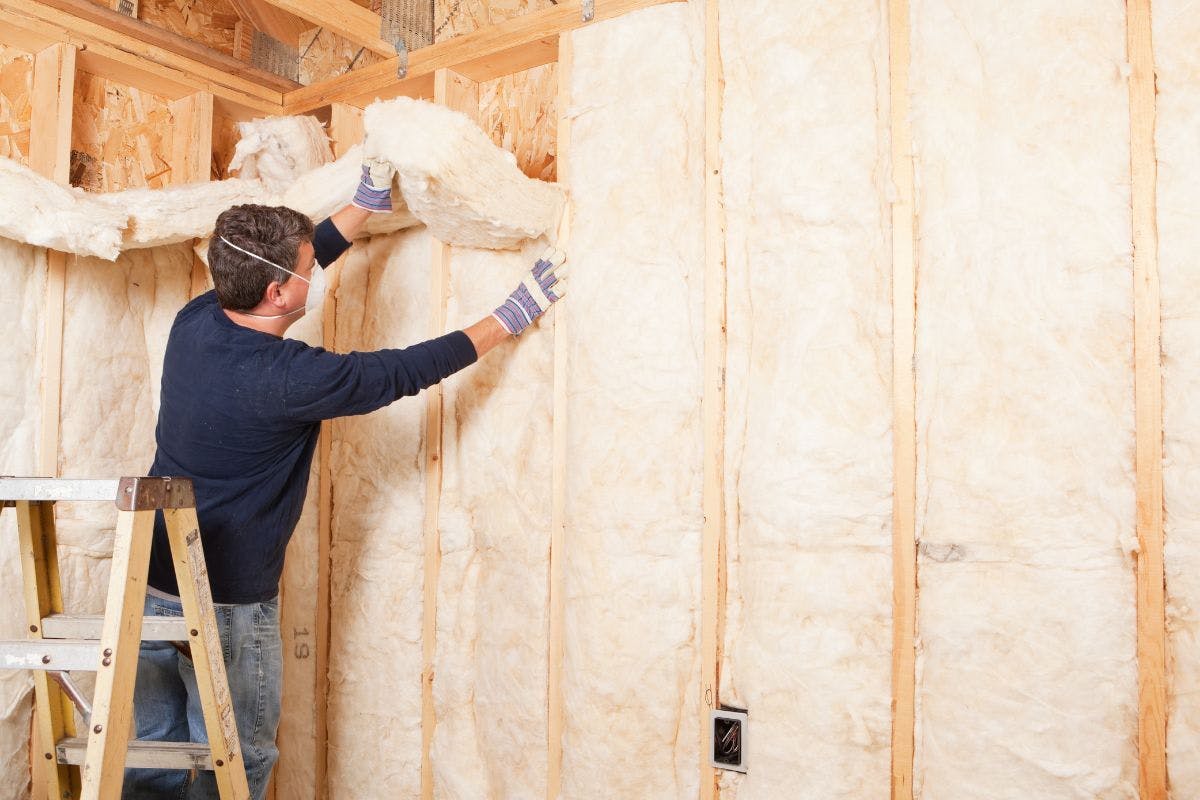What the House’s Budget Bill Means for Clean Energy
Last edited

Author
Neil Chatterjee
Chief Governmental Affairs Officer

Editor
Andrew Blok
Electrification and Solar Writer and Editor

Early Thursday, May 22, the US House of Representatives passed its version of a budget bill that effectively eliminates key tax credits for energy efficiency and clean energy. The result would be higher prices and fewer options for US homeowners.
Here’s where things stand as the bill heads to the Senate.
What’s Happened to the Clean Energy Tax Credits?
The Inflation Reduction Act of 2022 extended and created tax credits for clean energy manufacturing, production, and installation. Many of the credits specifically beneficial to people looking to go solar or improve the efficiency of their home are effectively eliminated or reduced in the bill. This bill takes away key pathways to affordability and savings for Americans.
Below are some of the changes that would harm the growth of clean energy in the US.
Investment Tax Credit, or the Residential Clean Energy Credit
The ITC (technically known as 25D) is the tax credit homeowners can claim when they install solar panels or home batteries. The 30% tax credit would be eliminated at the end of 2025.
Energy Efficient Home Improvement Credit
This group of credits (25E) helps homeowners improve the efficiency of their home, with incentives for heat pumps, insulation, doors, windows, energy audits, and certain electric water heaters, up to $3,200 a year. Under the House’s bill, 25E would be eliminated at the end of 2025.
Leased solar panels tax credits
The House’s bill also eliminates a provision that lets the third-party owner of leased solar panels claim the tax credit. This provision has helped drive down the cost of leased solar panels and expand the benefits of solar to households that might not otherwise have afforded panels.
Foreign entity of concern provisions
Foreign entity of concern, or FEOC, provisions, restrict tax credits to projects that don’t receive “material assistance” from a prohibited foreign entity. While American clean energy manufacturing is ramping up, it still relies on China for materials and parts. More time is needed for supply chains to develop in other countries. As written, these provisions could freeze investment in clean energy in the US.
Tax credit transferability
The House’s bill shortened the window during which tax credits are transferable. A longer window for transferability makes the tax credits more beneficial to more people for longer.
What Happens Next in the Senate?
The bill that passed the House likely won’t be the bill that passes the Senate, where these big sweeping changes could be pared down. (A similar thing happened with the Inflation Reduction Act, when Democrats controlled both chambers of Congress.)
Senate Republicans have already signaled they are concerned about the extent of some of the cuts.
Nonprofit newsroom NOTUS reported that Senator John Curtis of Utah said the Senate “should look at this from a surgical perspective and not a sledgehammer.”
Ohio Senator Jon Husted told the publication the final bill can’t “completely pull the rug out from underneath these manufacturers” who have already made investments counting on the tax credits.
Companies have already announced or committed billions of dollars in clean energy investment thanks to these tax credits.
What’s at Stake?
The House bill would certainly have an impact on clean energy manufacturing, and that might be concerning to some Republican lawmakers whose constituents stand to lose the most.
According to the nonpartisan group E2, more than $133 billion in investments have been announced since the tax credits in the Inflation Reduction Act were put in place. Well over half of that (62%) has been announced in areas represented by Republicans.
Before the House’s bill passed, multiple analyses showed a repeal of the Inflation Reduction tax credits would raise the cost of electricity for Americans compared to leaving them in place. Repeal would raise household energy costs by $32 billion and cost more than 700,000 jobs by 2035, according to one analysis. (The House bill isn’t a full repeal, but is much closer than most observers expected.)
America is seeing energy demand growth at levels it hasn’t seen in decades and it needs every electron it can get. At a time when clean energy consistently represents the largest additions to the grid, hampering its growth is the wrong move and one that hurts both consumers' bottom line and America’s goal of energy independence and dominance.
What Can You Do?
If you want to ensure the final bill better protects these valuable tax credits, let your Senators and Representatives know. This post explains how to do so and provides samples of what to communicate.
If you’re a homeowner wondering if solar is right for you, now could be the best time to explore your options. If the residential solar tax credit goes away, you could save thousands by acting sooner. See what you could save.


